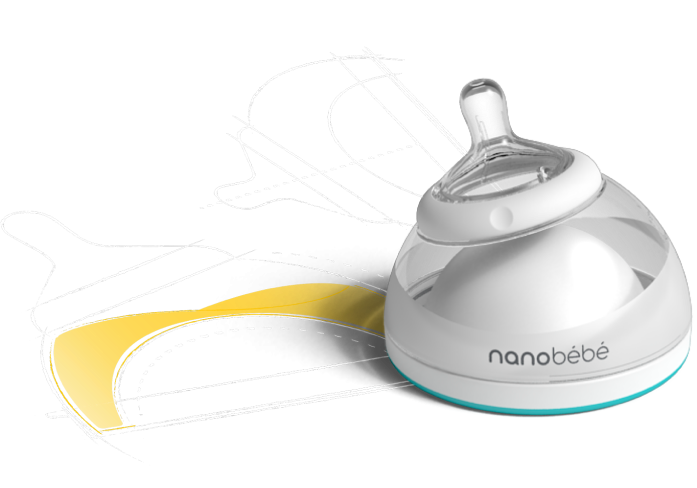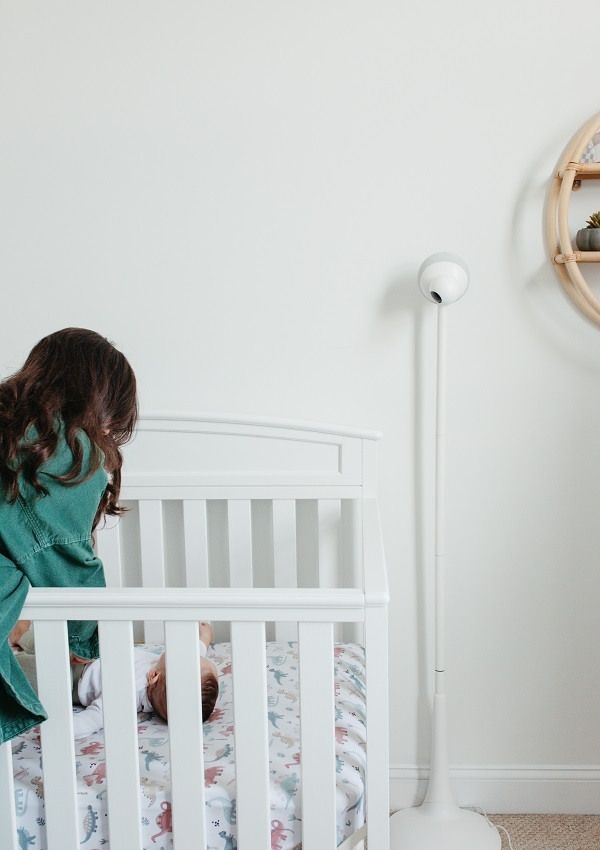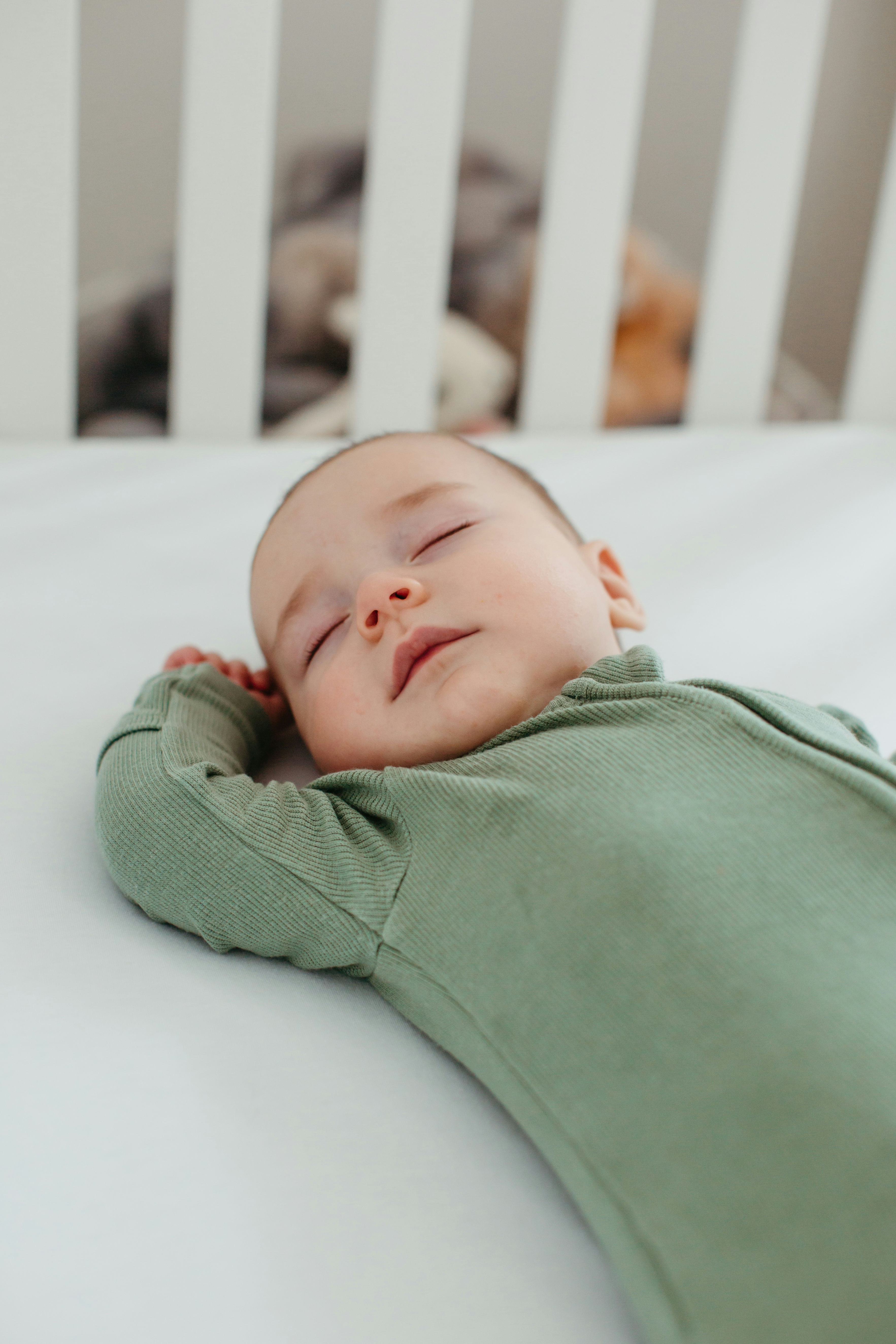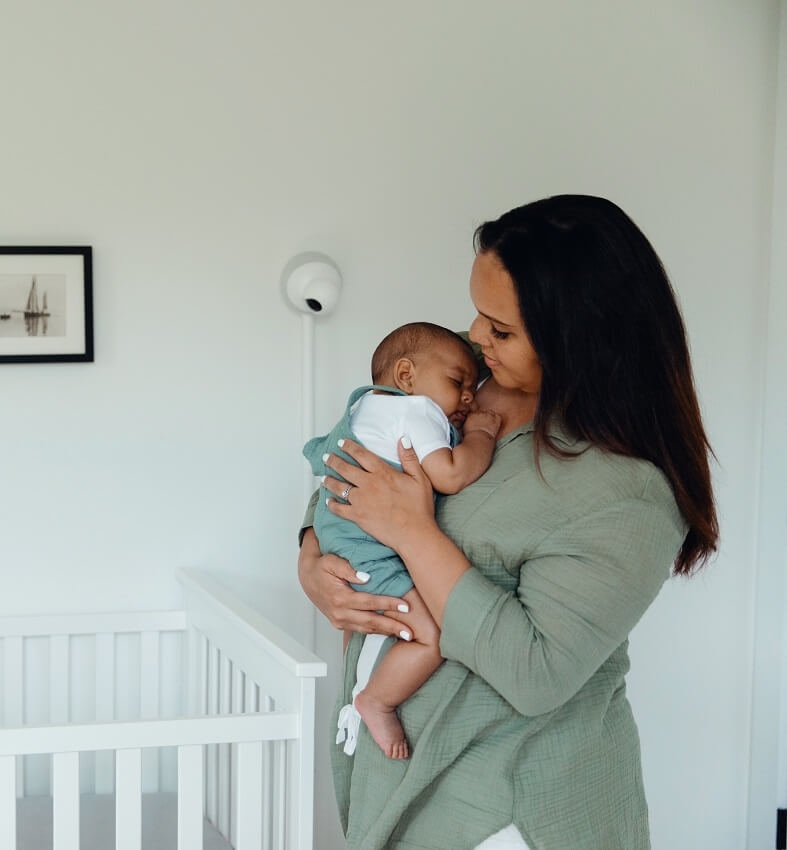6 Common Causes of Sore Nipples & Painful Breastfeeding
Let’s talk about nipples… but not just any nipples. Let’s talk about sore nipples. This may come as a surprise, but breastfeeding should not be painful.
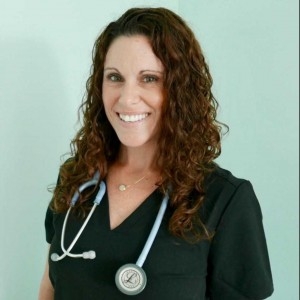
Lisa Grossman

Now, some of you may be questioning the validity of this statement; however, I have plenty of information that I am going to share with you to substantiate my claim.
An important factor to keep in mind is that our nipples are not used to the constant contact that they receive when we breastfeed, especially during those early days and even weeks. A little sensitivity is normal… at first. When baby is first born, we breastfeed frequently to meet their energy needs. More than likely, you have been told to feed your baby on demand, or at least, 8-12 times in a 24-hour period. That is a lot of nipple stimulation! It makes sense that your nipples may be a little outside of their comfort zone. However, the initial period of discomfort should be fleeting and temporary. If your nipples are sore or progress to becoming painful, cracked, bruised, blistered or start bleeding I advise you to seek help from a lactation specialist.
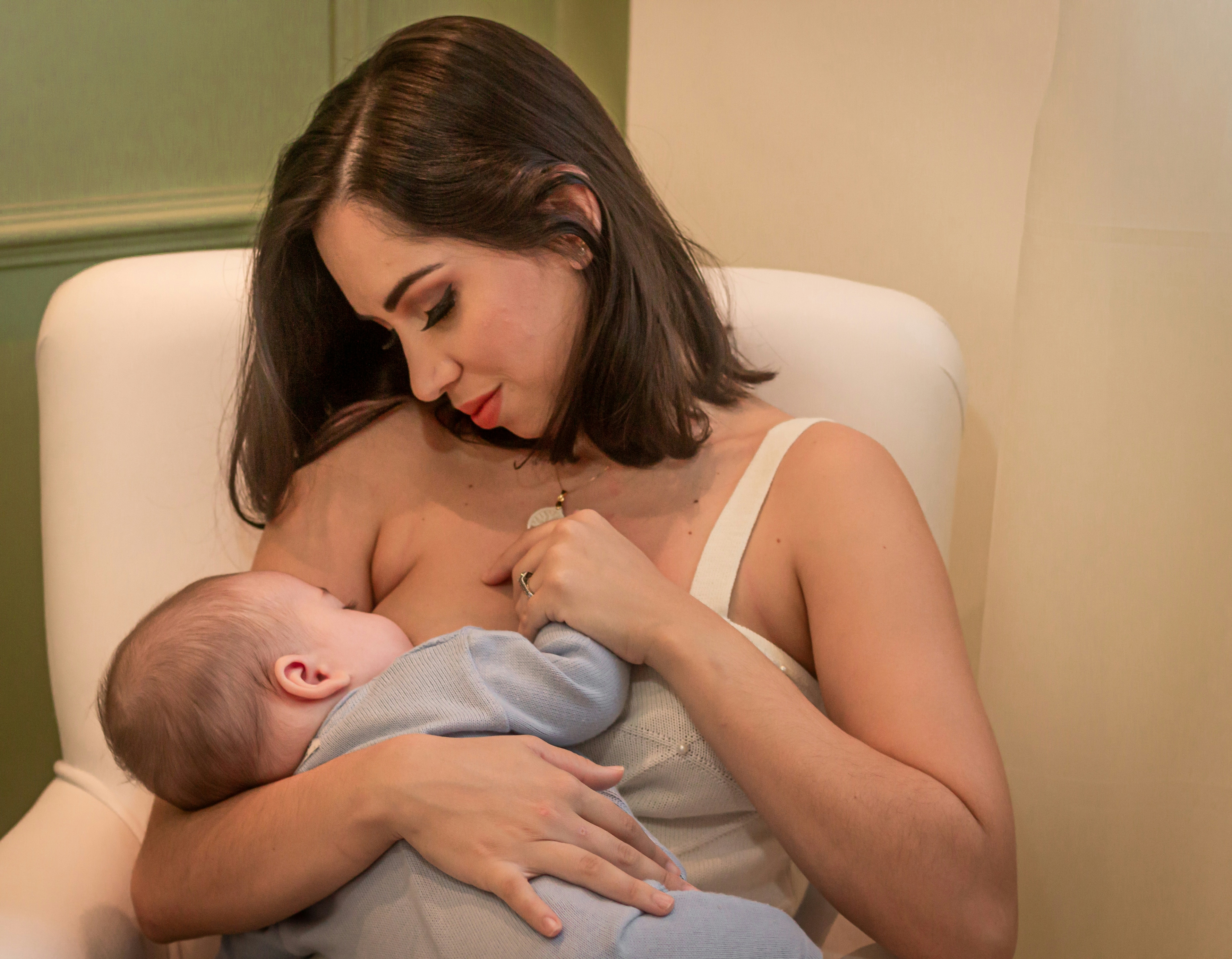
What causes sore nipples?
There are a number of factors that can contribute to nipple soreness:
1. Improper Latch
First and foremost, it is very important that your baby obtain a proper latch and seal when breastfeeding. This not only helps prevent nipple soreness but also properly stimulates the nipple, areola (the darkened circular tissue surrounding your nipple) and breast tissue to signal to your body to produce milk and for proper letdown and transfer of breastmilk to your baby.
An important piece of advice that I have shared with my patients and clients over the years is that the process of feeding your newborn is called breastfeeding for a reason. If your baby could successfully feed by latching onto just your nipple then it would be called nipple-feeding (or so I suspect)! If you are having difficulty obtaining and maintaining a proper latch during feeding, this can lead to nipple soreness and I recommend seeking support from a lactation specialist.
2. Changing Positions
Once latch is achieved you may feel nipple sensitivity for the initial 10 seconds of the feeding; however, if it doesn’t improve or worsens, I recommend unlatching the baby and starting over. If nipple discomfort begins in the middle of a feeding it may be due to a shift in the baby’s position. Correcting the baby’s position and/or latch will provide relief most of the time.
3. Strong Letdown or Oversupply
When a mother has a strong letdown and/or oversupply this may also result in nipple soreness as a result of the baby attempting to slow the flow by putting pressure on the nipple. In this circumstance, you can manually express before the feeding. Soaking your breasts in a water bath prior to the feeding may also help. Using the Australian “Down Under” prone position during the feeding utilizes gravity to assist with the strong flow. There are other interventions that may be appropriate to utilize in this circumstance and I advise you to seek assistance from a specialist for further instruction.
4. Tongue or Lip Ties
Another factor that could be the culprit for sore nipples is what is known as a tongue and/or lip tie, also referred to as a short or tight frenulum. Simply put, the frenulum is a piece of tissue that attaches the tongue and lip to the mouth. It is important to note that every person has a labial (lip) and lingual (tongue) frenulum but what may be a cause for concern is the baby’s ability to properly breastfeed if the frenulum is interfering with latch.
If the baby is not able to open their mouth wide enough to latch properly, they may have a “shallow” latch and may be latching onto the nipple rather than the breast. If you suspect that your baby may have a tongue or lip tie, discuss this with your baby’s Pediatrician or a Pediatric Dentist or ENT for further evaluation and potential treatment (if deemed necessary by your medical provider).
5. Infection
It is important to keep an eye out for signs of infection as this may require treatment. Yeast can form on and around the nipple and inside of your baby’s mouth, creating a painful feeding experience for either or both of you. When yeast becomes infectious this is known as thrush. It can be identified by sore, itchy nipples accompanied by flakey skin. For baby you will observe a white film that forms on his/her tongue, inside of the cheek or lips. The white film cannot be wiped away and may require treatment. If you suspect that either you or your baby have thrush please contact your care provider for further assessment.
6. Milk Blisters (a.k.a. Blebs)
The formation of a bleb, or milk blister, on the nipple may also cause soreness and pain, which often radiates to the back as well. This occurs when milk collects within the nipple pore(s) causing the pore(s) to become blocked. Sometimes a layer of skin will form over the bleb which makes it more difficult to release the bleb. If you suspect that you may have a milk bleb, please contact a lactation specialist to assist with removal. If skin has formed over the bleb it is possible that it will need to be lanced and should be done in a sterile environment, such as at your OBGYN’s office.
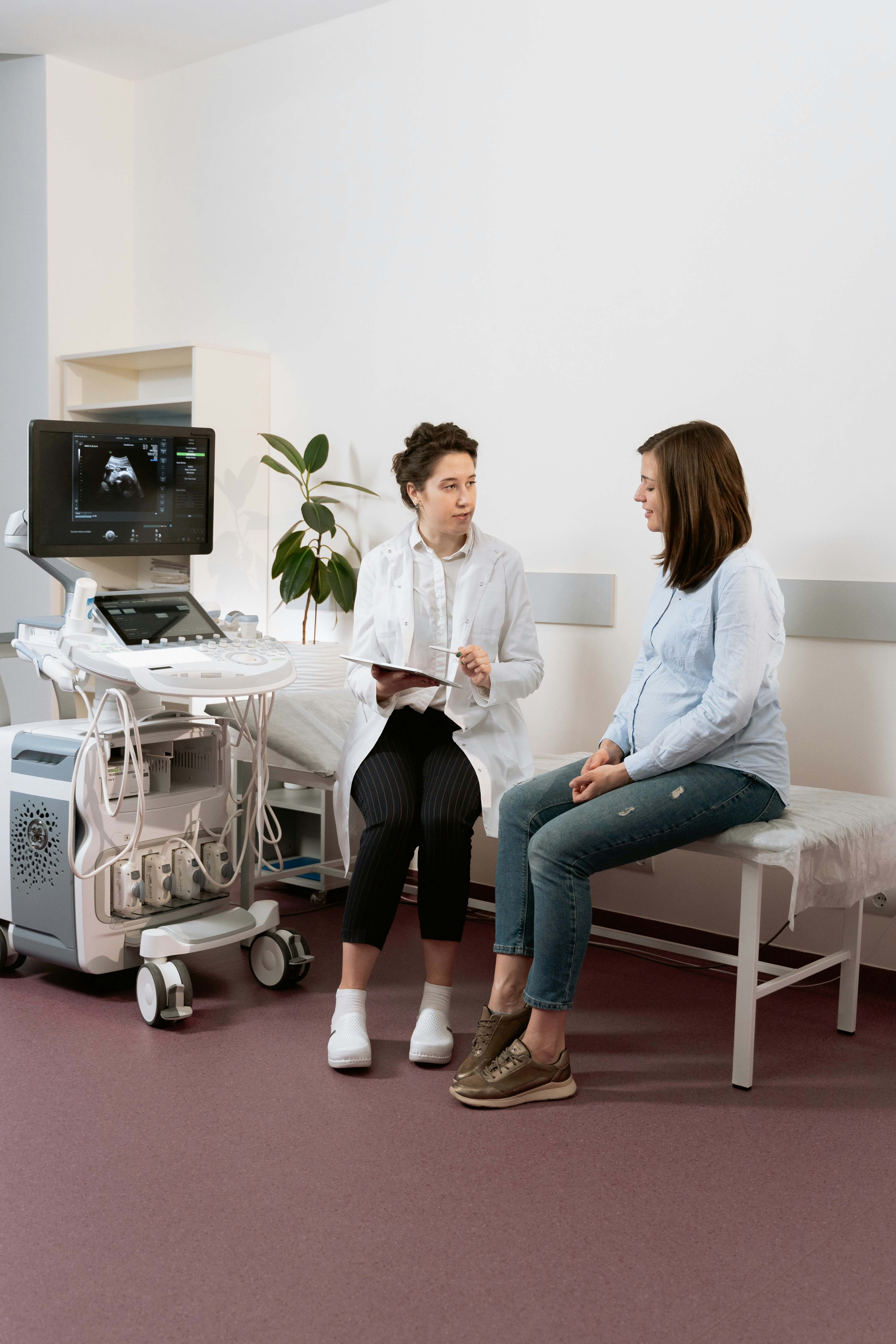
Finding Relief
There are other indications for sore nipples not described in this post. The most important takeaway message is that nipple soreness is not the norm, so if you are breastfeeding and find that you are experiencing soreness as described above please contact the appropriate professional for assistance.
In the interim, using devices such as breast shells may help to protect your nipples from irritation. You simply place them in your bra and center them around your nipple so that your nipples do not rub against the inside of your bra.
Simply letting your nipples air dry is another option. You may also find some relief using hydrogel pads after the feeding is finished. Your own colostrum and breastmilk serve as natural “nipple cream” options that may also provide relief and aid in the healing process. When in doubt, please seek help from a trained professional!
*Nanobébé is thrilled to welcome guest bloggers. The views and opinions represented in these blog posts belong solely to the guest blogger and are not the legal responsibility of the company. The owner of this blog makes no representations as to the accuracy or completeness of the information provided by the guest blogger and will not be held liable for any errors or omissions of information nor for the availability of this information.

Lisa Grossman
Lisa Grossman is a Registered Nurse with experience working in the ICU, Oncology and Mother/Baby Unit. Lisa recently founded South Bay Baby Care, offering private educational and care services to expectant and new parents covering the areas of Postpartum Recovery, Newborn Care, Breastfeeding Education, and Lactation Support and CPR & First Aid in the South Bay, Los Angeles area.
Share this post
